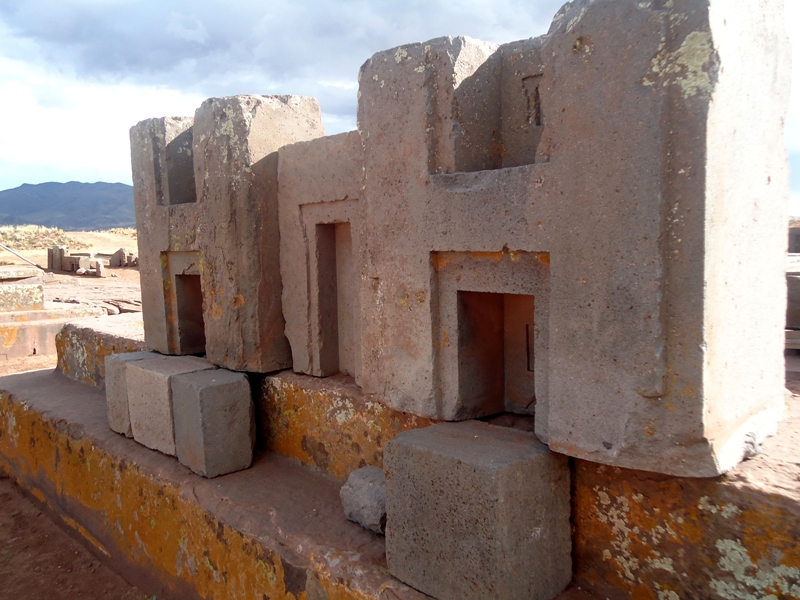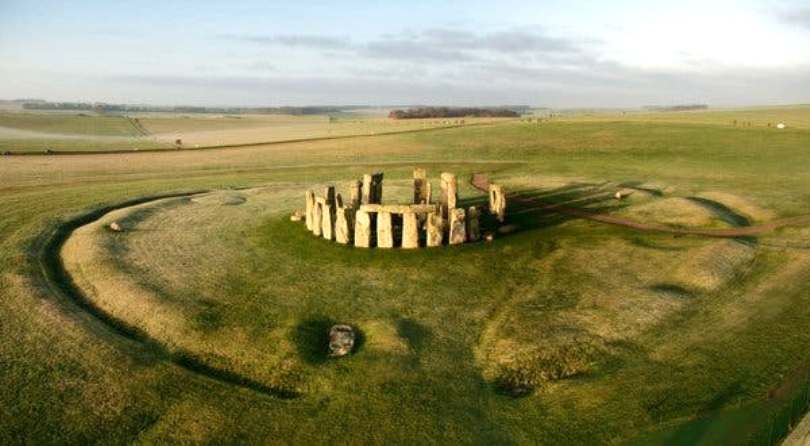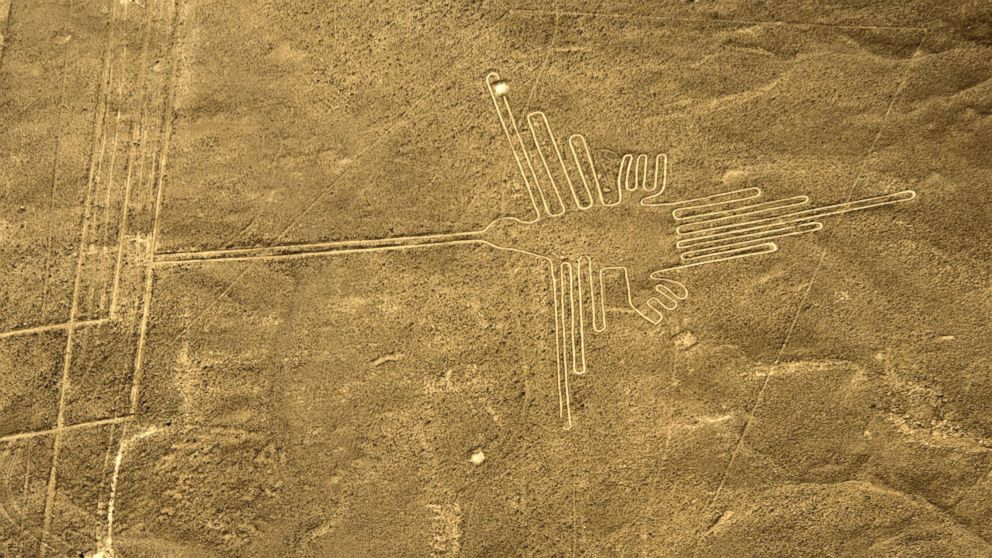
On this month's Oddities in the News Page:
The Pentagon finally releases its official UAP Report
IN THE ODDITIES ARCHIVES
Two-headed snake
Cricket Farm for Food
Mummy Scan
Roswell in the News Again
Weird Things Animals Ate

What’s Inside the Pentagon’s Long-Awaited UFO Report
By Matt Stieb and Chas Danner
One of the many curiosities packed into the $2.3 trillion omnibus spending and coronavirus-relief package passed by Congress was a stipulation requiring the Department of Defense and the Office of the Director of National Intelligence to deliver an unclassified report on unidentified flying objects to Congress within six months, compiling what the government knows about about UFOs (officially known as Unidentified Arial Phenomena, or UAPs) rocketing around over American airspace. The long-awaited first report was finally released this summer, and though only nine pages, represents the most direct and substantive U.S. government account of of UAPs ever made public. Below is a guide to what the report contains for those who want to believe — or at least understand what there is to learn from this unprecedented act of transparency from the Pentagon.
What information is the report based on?
The Pentagon task force’s preliminary assessment is based on the review of 144 UAP reports involving observations made by military aviators between 2004 and 2021, but mostly from the last two years. The task force also considered but opted not to focus on “a range of information on UAP described in U.S. military and IC (Intelligence Community) reporting,” since it “lacked sufficient specificity.”
Of the 144 reports, the task force could only determine an explanation for one (a deflated balloon). The rest remain unexplained.
What does the report conclude?
Not much, at least regarding what these objects actually were or where they might have come from. The assessment says that the lack of “high-quality reporting” on the events “hampers our ability to draw firm conclusions about the nature or intent of UAP.” In other words, they still don’t know what the UAP were, though the report suggests a range of possible explanations.
While the assessment says that available reporting on UAP is “largely inconclusive,” it nonetheless concludes that there is currently no evidence that any of the objects ar related to a secret USA weapons program or were developed by foreign advsaries.
What does the report say about aliens?
Nothing. The report makes no mention of extraterrestrial life and never even implies that any of the reported UAP could be of extraterrestrial origin. That doesn’t mean the task force has ruled that possibility out, however.
The report lists five possible explanations for UAP
While the report does not offer much in the way of explanation for the objects, it offers five categories of possible explanations:
- Airborne clutter, including birds, balloons, drones, or airborne debris.
- Natural atmospheric phenomena, including “ice crystals, moisture, and thermal fluctuations that may register on some infrared and radar systems.”
- U.S.-developed technology, i.e., classified technology developed by the U.S. or its industry partners.
- Technology developed by foreign adversaries (on Earth), like Russia, China, or other government or non-government entities.
- Other, a catchall for encounters where there isn’t enough information to determine categorization (which could include UAP of extraterrestrial origin).
See more HERE
Throughout history, what are the sorts of things that people speculated could have come from alien origin?
Disclaimer: The Horror Zine is neutral on this subject and neither believes nor disbelieves.
Puma Punku


The large ancient temple complex in Bolivia Puma Punku contains some of the largest known stones in the world, many of which weigh more than 100 tonnes each. For this very reason, some argue that as with the pyramids, aliens must have helped the ancient Bolivian people in their architectural pursuits. Some of the stones also include intricate decoration and stonework, and it is unknown how this was achieved given the limited technology believed to have existed at the time.
Stonehenge

Stonehenge, one of the UK's most unique and mysterious architectural wonders, has long baffled experts on just how exactly it was built - and for what purpose. This circle of ancient stones has long been associated with ancient alien theories, one being that aliens constructed it and another that it was used as a landing pad for alien spacecraft.
Nazca lines of Peru



Hundreds of ancient lines, including those in the shape of animals and what some believe to be aliens, can be found on the ground of a remote Peruvian dessert. The weird thing is though, they can only be seen from a few hundred feet in the air, which is bizarre considering that these lines were created thousands of years ago - and thousands of years before aviation was supposedly invented. Some ancient alien theorists even argue the lines could have used as a runway for alien aircraft or that is was a way of the ancient people attempting to make alien contact.
Vijayanagara Vastu Architecture

In the ancient Indian temples of Vijayanagara intriguing alien-like images are carved on its stonework. This includes depictions of images of people flying and alien-like figures. One ancient alien theory is that aliens visited this ancient Indian culture and as a result the people depict their interactions on their temples. Another is that the temples were used to harness cosmic energy between aliens and people.
Egypt, temple of Sethy 1 in Abydos

The temple of Seti I also known as the Great Temple of Abydos is one of the main historical sites in Abydos. The temple was built by pharaoh Seti I. The temple is also notable for the Abydos graffiti, which is ancient Phoenician and Aramaic graffiti found on the temple walls.
So is it real or is it fake?
The symbols are the result of Ramesses II’s usurpation of some of his father’s work. There were originally some hieroglyphs carved by Seti I into the same stone, which were then filled with plaster.
Ramesses II then recarved it with a new message. Eventually, however, the plaster fell out, leaving us with this unusual layering of different hieroglyphs.
While we have a rational explanation for the symbols, it’s still a bizarre coincidence that they turned out the way they did.
Find out details of this ancient art (and to see photos of both the original Seti I and Ramesses II's work) HERE